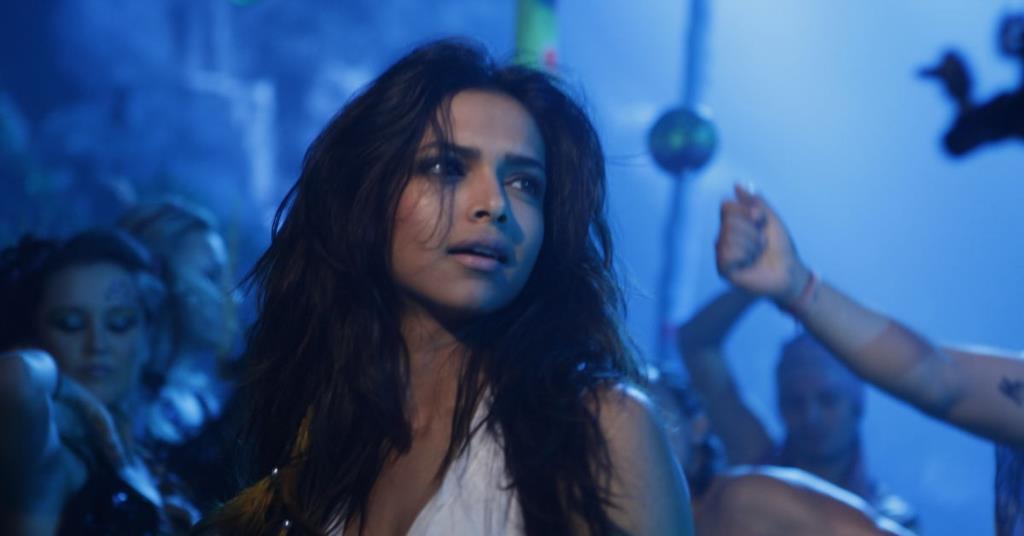
This time it was sung by singer Anoushka Manchanda along with a controversial rap. This time, the song, which came out in 2011, went through Pritam’s head and his recording studio, and the result was a funky version of the 70s piece.

Another version was filmed on Deepika Padukone in Abhishek Bachchan and Bipasha Basu starrer film of the same name. Their version of the song, which was recorded live, made it to Soul of Bollywood, the band’s critically acclaimed album and is one of the highlights of their live concerts. A multi-cultural collective, the band reboots Bollywood classics with some soul and funk from the 60s. There was also the British rock band, The Knockouts, ones based in Luton (there is also one in Sweden), who did their own raucous spin on the song in an album titled The Remarkable Sounds of India.Īn interesting version of the classic was also created by Botown, an original Bollywood mash-up band based in London. The result was an upbeat number that found attention despite being a part of a 14-track album that had bhangra and dhol as its staple. The DJ took the same guitar riff, raised the tempo, repeated it far too often and merged it with the upbeat orchestration of the song Going out by Bristol-based British band The Transpersonals along with Natty A’s vocals Feels so real, feels so right.

SD, however, is known to have walked out of the recording studio after he heard the piece the first time.īack in 2010, Craig Pruess, an American composer based in the UK, roped in British DJ, San-j Sanj (Sanjiv Singh) - who’s been working in the British-Asian music and club scene since the 80s - for a song in Gurinder Chaddha’s film, It’s a Wonderful Afterlife. Ghazal singer Bhupinder played the classic guitar riff while Charanjeet Singh accompanied on the transicord, an electric accordion that sounds like an electric organ.
#DUM MARO DUM SONG ORIGINAL FULL VERSION#
Much before the song was released, Anand decided to not put the song’s full version in the film as he was worried that the masterstroke of a song would overshadow the film. While there were a couple of delicate ditties, what took the cake and all the cherries was “Dum maaro Dum”, Asha Bhosle’s seminal piece where she vocalised a character on drugs and dragged her voice like no female singer in her generation could have, crooned the song at almost every concert that followed. And the gangster-hippie tunes he created with Anand Bakshi’s lyrics in tow, turned the music industry upside down. Since SD turned down the offer, his son, Pancham was determined to prove himself to the world, and stepped in. But SD, the traditionalist, was averse to anything to do with hippies and the anatomy of the subculture that had grasped the world in the 60s and 70s. The movement that came from the US was almost on its way out when the film came. Director, producer and the film’s male lead, Dev Anand, had requested Dada Burman to come on board for his anti-drug film centred around the stereotypical hippie movement, and its effects in the form of drug addiction and disenchantment of the “flower children” from the world.

And no it isn’t preposterous to give the thought a go because it could have actually happened. Imagine if composer SD Burman had created the music of Chetan Anand’s Hare Krishna Hare Ram.


 0 kommentar(er)
0 kommentar(er)
